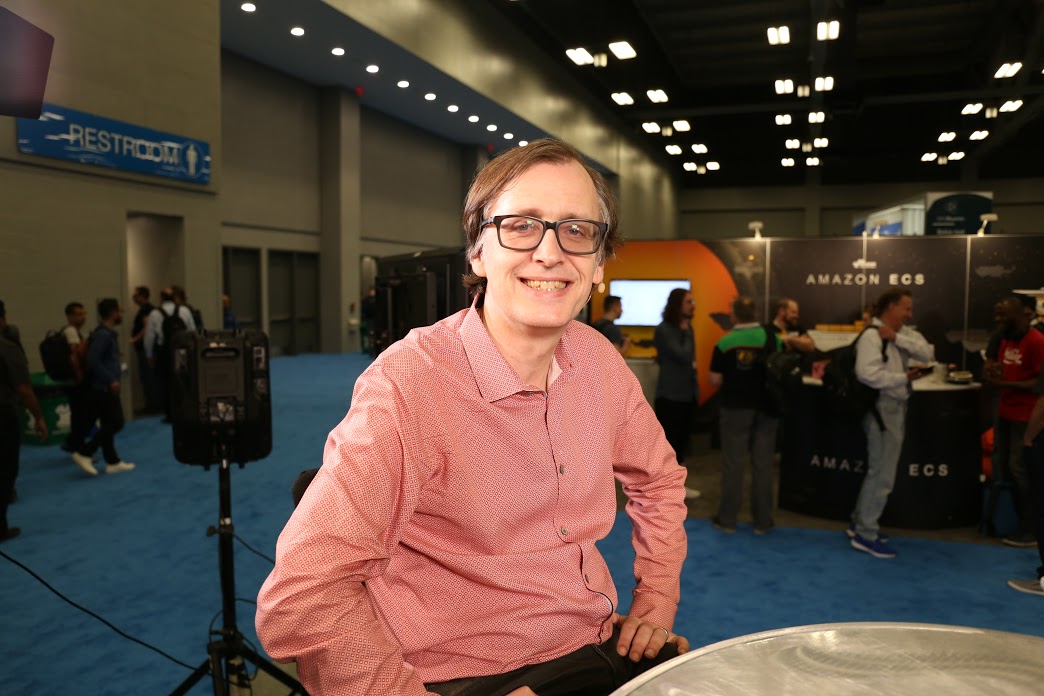 APPS
APPS
 APPS
APPS
 APPS
APPS
News flash: Containers aren’t that new. Docker Inc. didn’t invent containers, and they may not even be the best virtualization method for deploying and running distributed applications. This is according to John Gossman (pictured), architect for the Microsoft Azure core team at Microsoft.
To its credit, Docker did simplify container use for mere mortals, Gossman told Stu Miniman (@stu) and James Kobielus (@jameskobielus), co-hosts of theCUBE, SiliconANGLE Media’s mobile live streaming studio, during DockerCon17 in Austin, Texas.
“They took a bunch of kernel primitives that were in Linux and put a really great user experience on it,” Gossman said. “And I’m not taking anything away from Docker for doing that, because often times in the technology industry, it’s easy to make something that’s complicated and powerful but not easy to use,” he explained.
Something else people may not know is that the open-source LinuxKit Docker announced today is not exactly spanking new either, said Gossman. “We have been working with Docker for a long time on making sure that there was a good experience for running Docker for Linux on Windows — this thing called Docker for Windows,” he said. “And that’s basically an earlier generation of this same LinuxKit technology.”
Microsoft, along with Intel, IBM, HPE and others, is part of the ecosystem around LinuxKit.
LinuxKit represents a new model where “you can choose both the Linux container that you want and the kernel that you want to run it on,” Gossman said.
This is progress, but is there a more advanced way to deploy code right under our noses?
Containers are part of the trend toward totally virtualized or serverless infrastructure, Gossman said. First, it was buy hardware and install things on it; then virtual machines replaced hardware; now developers put code in containers.
In that case, could Azure Functions, a serverless architecture that lets users run code in the cloud, be better than containers? “With Azure Functions, it’s like, why do any of that? Just write a function,” said Gossman.
Watch for the complete video interview below, and be sure to check out more of SiliconANGLE’s and theCUBE’s independent editorial coverage of DockerCon US 2017 Austin.
Support our mission to keep content open and free by engaging with theCUBE community. Join theCUBE’s Alumni Trust Network, where technology leaders connect, share intelligence and create opportunities.
Founded by tech visionaries John Furrier and Dave Vellante, SiliconANGLE Media has built a dynamic ecosystem of industry-leading digital media brands that reach 15+ million elite tech professionals. Our new proprietary theCUBE AI Video Cloud is breaking ground in audience interaction, leveraging theCUBEai.com neural network to help technology companies make data-driven decisions and stay at the forefront of industry conversations.